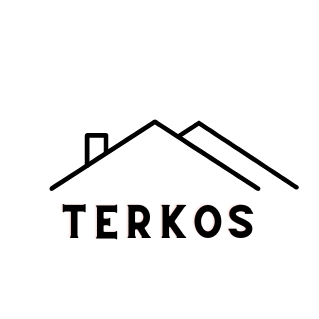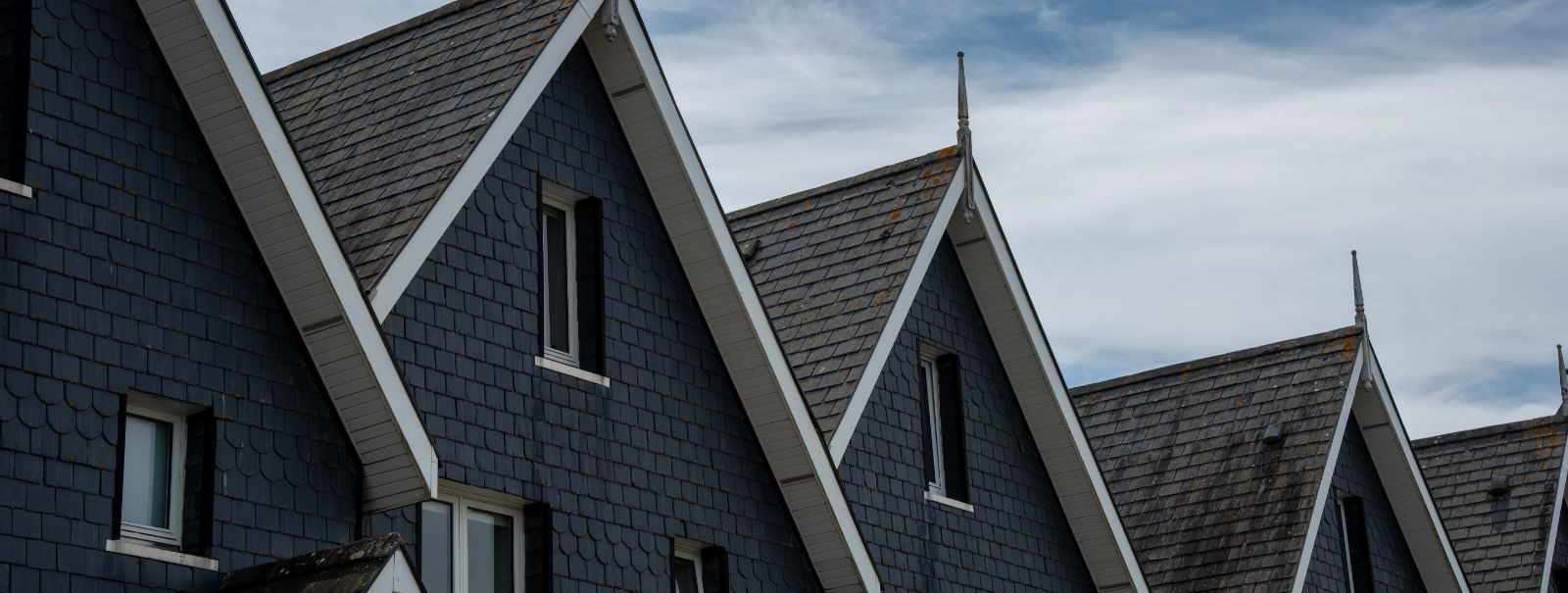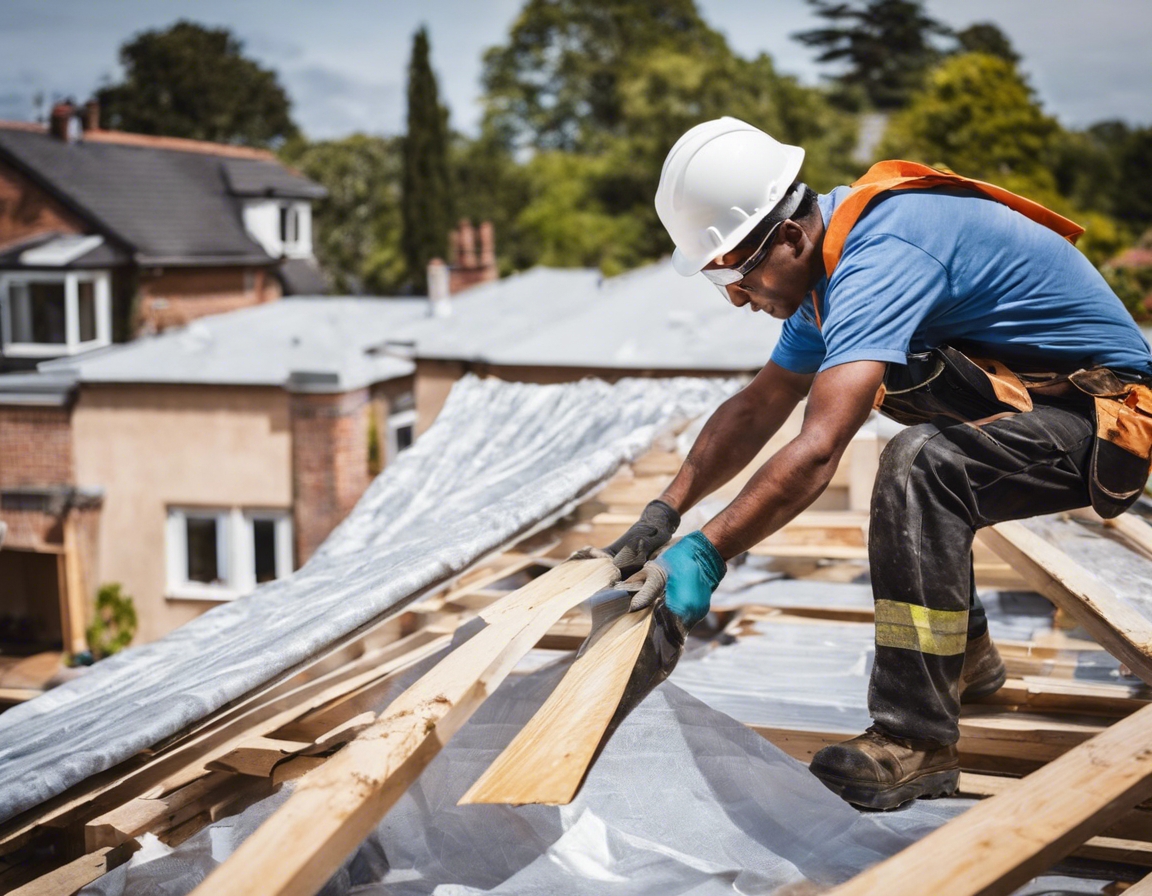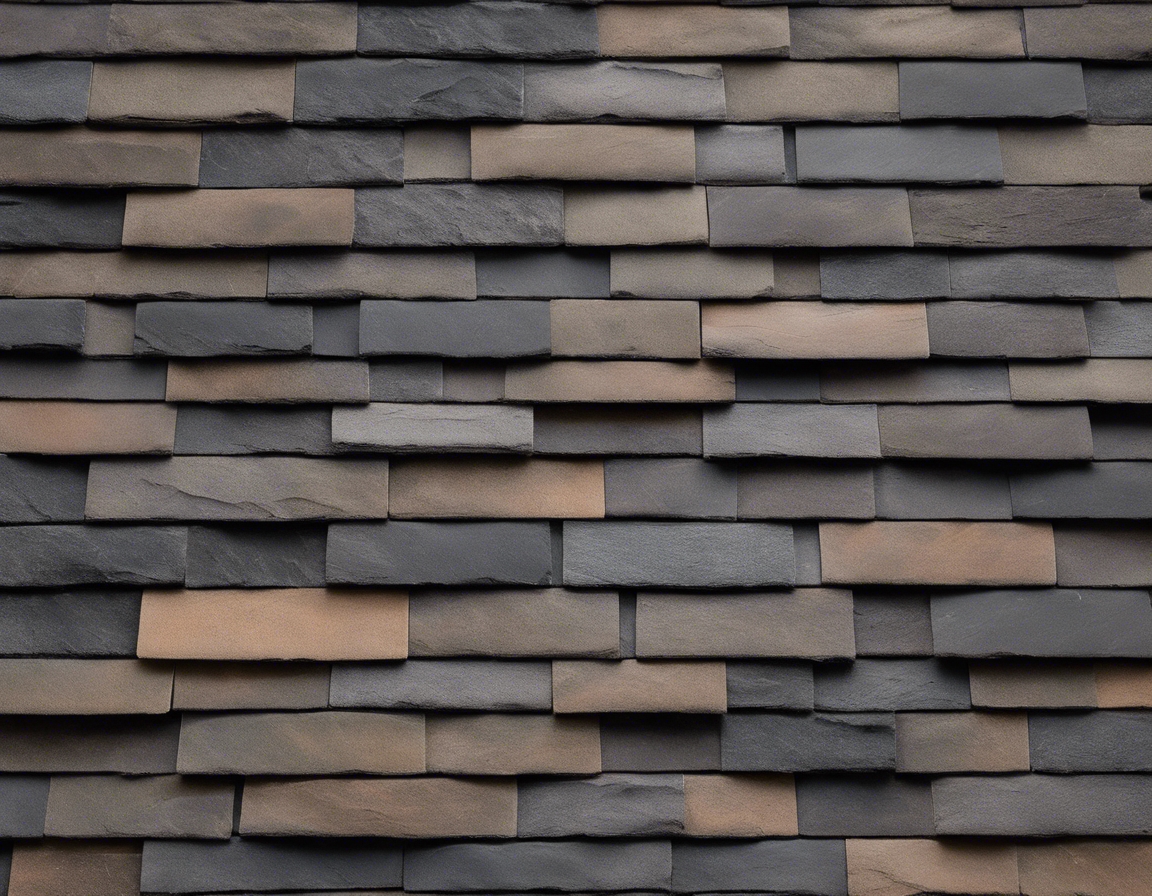5 signs your sloping roof needs an upgrade
As a homeowner or property manager, the integrity of your building's sloping roof is paramount to the safety, energy efficiency, and aesthetic appeal of your property. Recognizing the signs that your roof may need an upgrade is crucial for maintaining its condition and functionality. Here are five indicators that your sloping roof requires professional attention.
Understanding the Importance of a Well-Maintained Sloping Roof
A sloping roof is not just a structural necessity; it also contributes significantly to the overall appearance and value of your property. It is designed to provide optimal water drainage and resist environmental factors, but over time, it can succumb to wear and tear. A well-maintained roof ensures the longevity of your property and reduces the risk of costly damage.
Sign 1: Visible Damage or Wear
Shingles are the first line of defense against the elements. If you notice that they are broken, missing, or deteriorating, it's a clear sign that your roof needs an upgrade.
Over time, the materials of your roof can become brittle and crack, especially under extreme weather conditions. These imperfections can compromise the roof's integrity.
A sagging or uneven roofline can indicate structural issues that may require immediate attention to prevent further damage.
Sign 2: Water Damage and Leaks
Water stains on your ceilings or walls often suggest that water is seeping through the roof. This can lead to more significant issues if not addressed promptly.
The presence of mold or mildew inside your property can be a health hazard and often stems from persistent moisture problems originating from roof leaks.
Water spots on the exterior are indicative of potential leaks that can damage the underlying roofing materials and structure.
Sign 3: Age of the Roof
Most roofing materials have a specific lifespan. If your roof is approaching or has exceeded this age, it may be time to consider an upgrade.
Advancements in roofing technology mean newer materials can offer better durability and energy efficiency. An old roof may not provide the protection or insulation modern materials can.
Sign 4: Increasing Energy Bills
A roof that is not properly insulated or ventilated can lead to higher energy costs as your heating and cooling systems work harder to maintain a comfortable indoor temperature.
If you notice a spike in your energy bills without a corresponding increase in usage, it could be due to heat and air escaping through an inefficient roof.
Sign 5: Frequent Repairs
Constantly needing to repair your roof can be a sign that it's time for a more comprehensive solution, such as an upgrade.
If repairs are becoming more frequent and less effective, it may be more economical in the long run to invest in a new roofing system.






Comments (0)